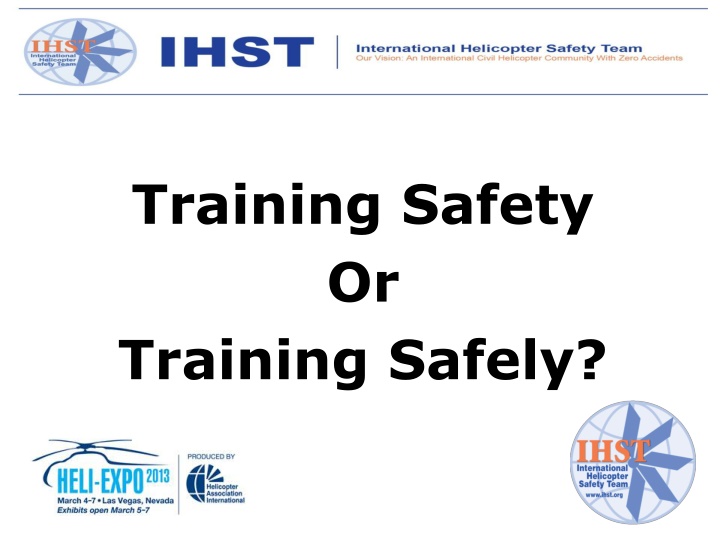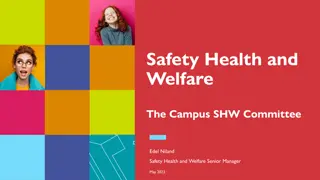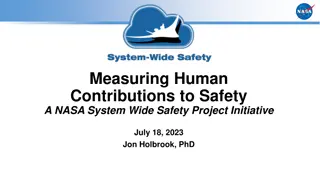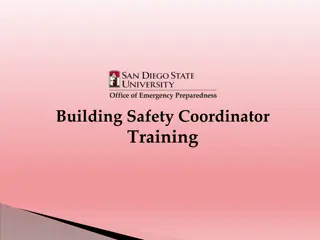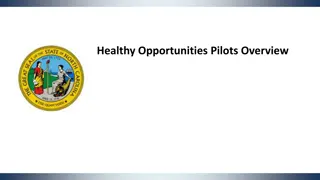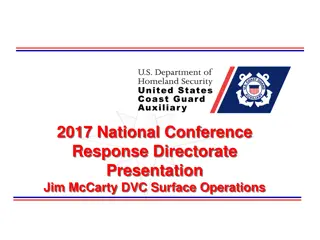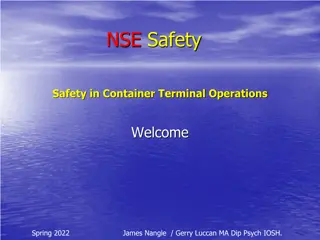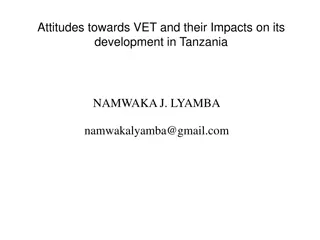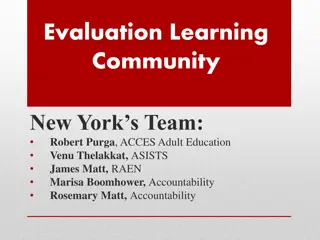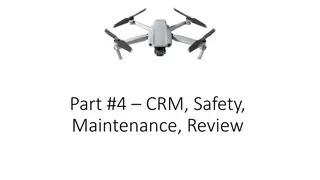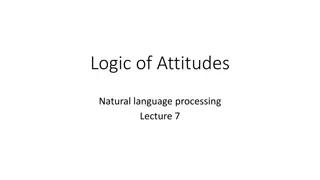Training Safety: Developing Safe Attitudes in Pilots
Utilize tools for risk assessment, execute training missions responsibly, and prioritize safety in aviation training. Explore the importance of safety culture, communication, and timely intervention in pilot training.
Download Presentation

Please find below an Image/Link to download the presentation.
The content on the website is provided AS IS for your information and personal use only. It may not be sold, licensed, or shared on other websites without obtaining consent from the author.If you encounter any issues during the download, it is possible that the publisher has removed the file from their server.
You are allowed to download the files provided on this website for personal or commercial use, subject to the condition that they are used lawfully. All files are the property of their respective owners.
The content on the website is provided AS IS for your information and personal use only. It may not be sold, licensed, or shared on other websites without obtaining consent from the author.
E N D
Presentation Transcript
Training Safety Or Training Safely?
Nick Mayhew - Steve Sparks - Mike Phillips -
TRAINING SAFETY - Steve Training Safety is using tools to develop a safe attitude in pilots, be they Student Pilots, Commercial Pilots or Flight Instructors. It is the responsibility of the Pilot-In-Command (PIC) to utilize all available tools to asses risk, execute the training mission and return everybody in a safe and relaxed manner.
TRAINING SAFELY Mike Training Safely is the idea that Flight Instructors, Pilot Examiners and pilots have a stake in safely conducting the flight.
TRAINING SAFETY Real world risk management Proper Pre-Flight & Briefing. The willingness to say NO . Thorough Post Flight De Brief. Modeling Safe Behavior
TRAINING SAFETY What makes up a safe training flight? Communications Discipline Sound Preparation & Planning Safety Culture Timely Instructor Intervention Pixie Dust
TRAINING SAFELY WHAT IS IT? CFI/Check Airman/Instructor and the Pilot Undergoing Training should put safety first and foremost. Why Because training accidents account for 22% of all accidents in helicopters* more than any other single activity. (* Compendium Report, US JHSAT Baseline of Helicopter Accident Analysis, Volume 1, Figure 7, August 2011.)
TRAINING SAFELY Transfer of control in the air. Real world! Roles and Responsibilities. Instructor Pilot Things Better Left Undone Proper Time and Place Too much risk
TRAINING SAFELY Progressive approach to autorotation training. Use of Flight Training Devices
12 Classic Pitfalls - Nick Responding to peer pressure. Mental expectancy. Get-there-it is. Duck Under Syndrome. Scud Running. Continuing VFR into IMC. Getting Behind The Aircraft. Loss of Positional/Situational Awareness. Operating Without Sufficient Fuel Reserves Descent Below Minimums En Route. Flying Outside The Envelope. Neglect of Flt Planning, Checks, Pre Flights etc.
